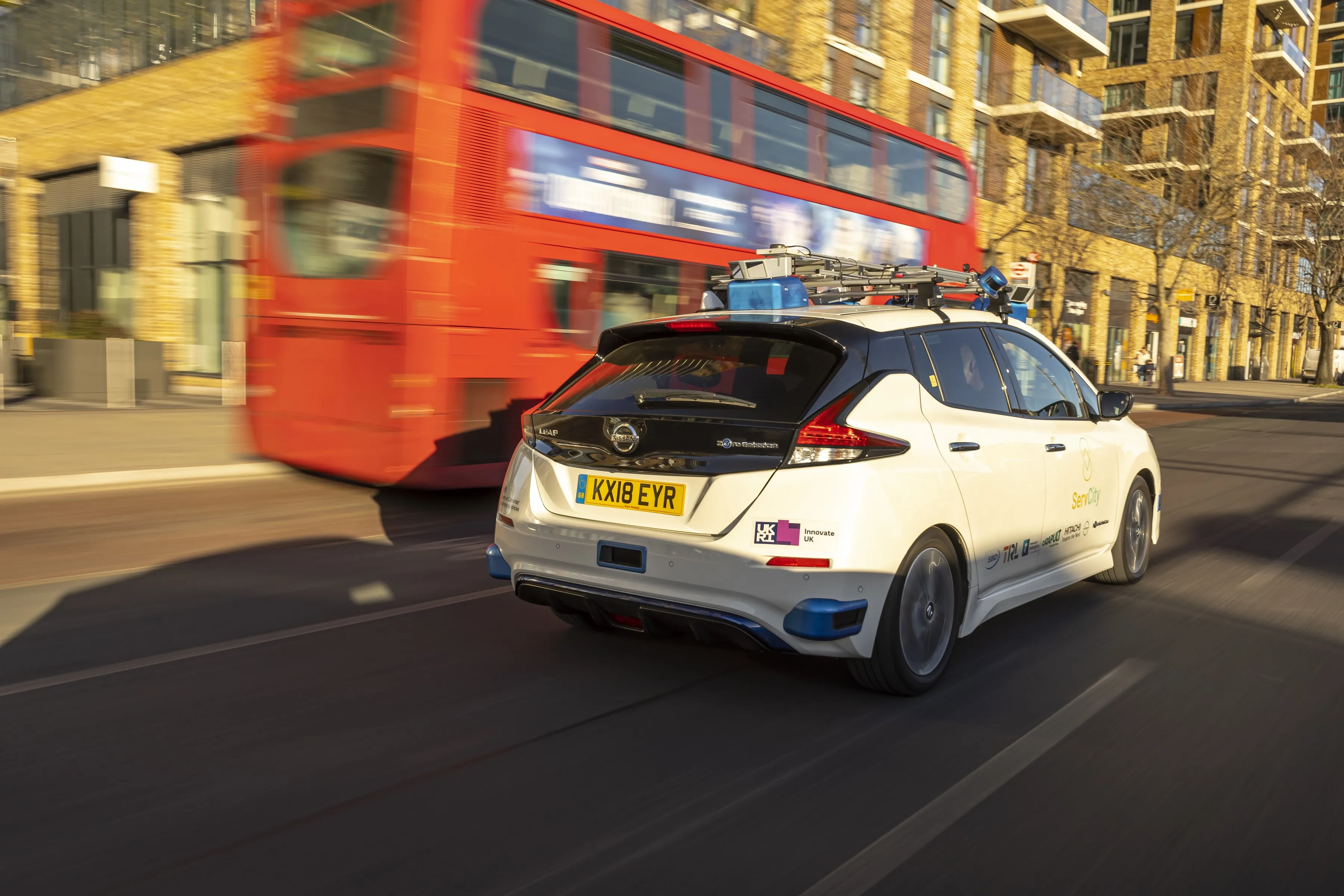The iconic London bus is now helping to improve traffic in the Capital as Transport for London (TfL) starts a trial of displaying live traffic information on the back of buses. A number of buses on route 344 are displaying real-time traffic information using digital information boards in what is said to be a world first.
The technology is being trialled on buses between Clapham Junction and Liverpool Street to provide London's drivers with a new source of information to help avoid congestion and improve
August 16, 2016
Read time: 2 mins
The iconic London bus is now helping to improve traffic in the Capital as 1466 Transport for London (TfL) starts a trial of displaying live traffic information on the back of buses. A number of buses on route 344 are displaying real-time traffic information using digital information boards in what is said to be a world first.
The technology is being trialled on buses between Clapham Junction and Liverpool Street to provide London's drivers with a new source of information to help avoid congestion and improve their journeys and the reliability and efficiency of the roads.
The buses have been fitted with electronic boards by Equitech IT Solutions, which use GPS technology to give accurate and up-to-date traffic information. The information is taken from the TfL variable message sign network, which is fed by TfL's 24-hour traffic control centre.
If successful, this could be expanded across London.
The technology will be used on a further bus route - route 415 between Tulse Hill and Liverpool Street - in the autumn.
The trial follows the successful trial of live traffic information displayed on taxi advertising boards by Brightmove Media, which proved the concept of real-time traffic information delivered in this form.
The technology is being trialled on buses between Clapham Junction and Liverpool Street to provide London's drivers with a new source of information to help avoid congestion and improve their journeys and the reliability and efficiency of the roads.
The buses have been fitted with electronic boards by Equitech IT Solutions, which use GPS technology to give accurate and up-to-date traffic information. The information is taken from the TfL variable message sign network, which is fed by TfL's 24-hour traffic control centre.
If successful, this could be expanded across London.
The technology will be used on a further bus route - route 415 between Tulse Hill and Liverpool Street - in the autumn.
The trial follows the successful trial of live traffic information displayed on taxi advertising boards by Brightmove Media, which proved the concept of real-time traffic information delivered in this form.







